Can Mercedes prove understanding of current F1 regulations before time runs out?
24 Feb 2025 5:53 PM
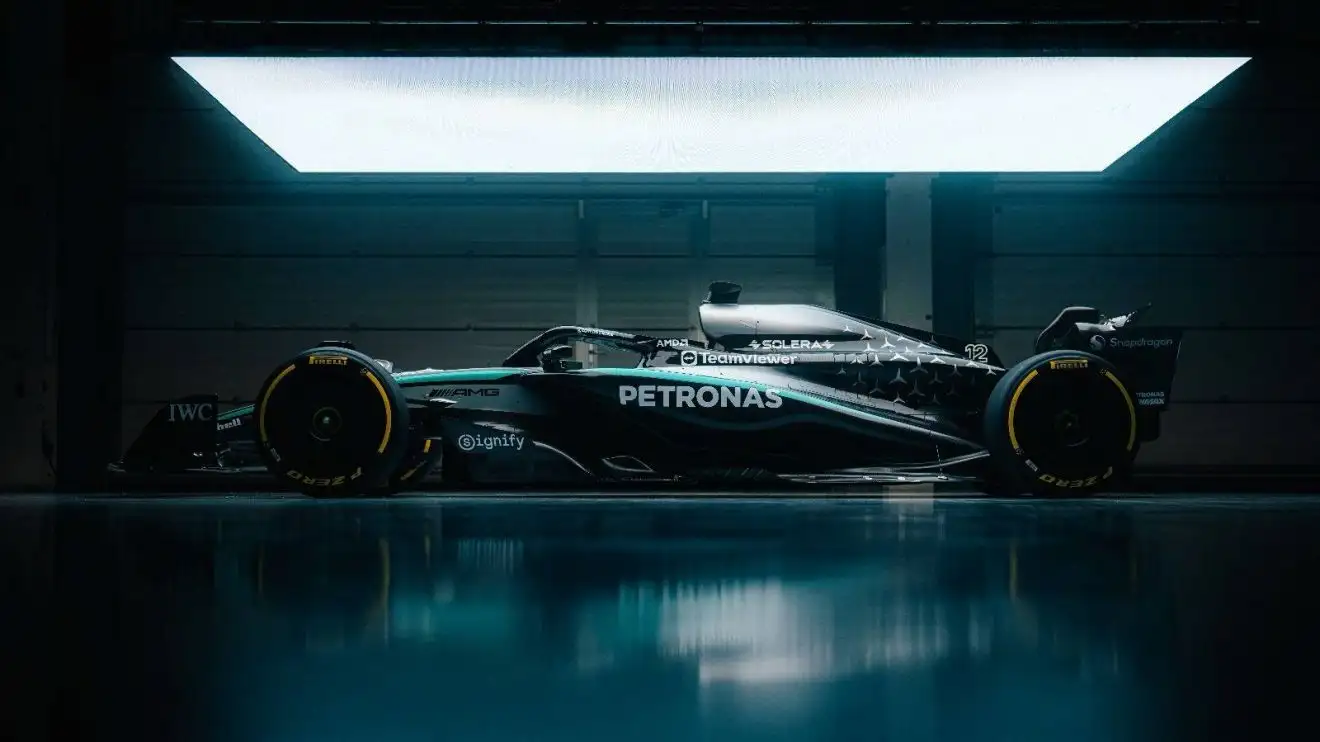
Mercedes’ W16 has been launched
The ground effect regulations cycle hasn’t been particularly kind to Mercedes, but can the Brackley squad turn things around for the final year?
F1 2024 marked Mercedes’ most successful season of the current regulation cycle, even if the team slipped to fourth place overall in the Constructors’ Championship, and the outfit which crushed all before it in the last regulation cycle is now setting off on its last opportunity to prove its got a handle on the current rules before they’re consigned to the scrapheap.
Mercedes giving it everything for final year of current regulations
“I like the fight and the struggle and being alongside my teammates in the thick of the fight,” Mercedes’ technical director James Allison revealed before the 2024 season, having resumed his position overseeing the team’s day-to-day technical advancement in the middle of ’23.
The attempted succession plan embarked upon in 2021, the final year of the previous regulation set in which, from the start of the hybrid engines introduction in 2014, saw Mercedes win every single title – aside from the Driver’s Championship in ’21 – hadn’t quite worked out as Allisons’ successor, Mike Elliott, led the team down a design and development path that, ultimately, wasn’t yielding the same performance levels as the team’s rivals.
A victory at the 2022 Brazilian Grand Prix, George Russell’s first, only complicated the situation – seemingly vindicating a design that wasn’t working, meaning the Brackley-based squad remained set on their path for longer than they likely would have had that victory not occurred.
“To be still in the company, but slightly displaced from what was going on, especially in a period where it was clear that the team was suffering, it didn’t feel particularly good,” Allison said.
“And so when I was asked to consider whether I would come back and take it back on, although I was a little sorrowful that would mean sort of curtailing my self-indulgent time, it was with a glad heart from the point of view of tucking into the work alongside my team-mates and enjoying the fight together, to try to get things moving forward together once more.”
A significant upgrade package introduced at Monaco in 2023 started to turn the ship around for Mercedes, but it wasn’t until the 2024 W15 that Allison’s return and influence could be fully felt – and there was little denying that the car was a significant step forward in competitiveness.
Four victories awaited the W15, with both Russell and Lewis Hamilton delivering upon the potential of the car – particularly through the middle part of the season as, briefly, the W15 looked to be contending with McLaren’s MCL38 as the quickest car on the grid.
But it quickly became apparent that, while the W15 could be ferociously fast, its versatility was lacking in comparison to McLaren’s and, by season end, Ferrari’s SF-24 had replaced Mercedes as McLaren’s strongest challenger as Mercedes joined Red Bull in being somewhat bewildered by the sporadic speed from their cars.
Upgrades throughout the year had widened the car’s operating window significantly, with Allison labelling Mercedes’ efforts to “bully their car to the front” as the team found that, for the gains they uncovered, the resulting side effect didn’t always make the car more confidence-inducing to drive – particularly for Lewis Hamilton.
F1 2025 is something of a strange year for Mercedes, in that it’s a fresh start for the team having promoted Kimi Antonelli alongside Russell after 12 seasons with Hamilton, but also marks the winding down of the regulations that have kept outright victory at arm’s length for three years.
It’s the last chance for the team which swept all before it in the previous regulations to show that, after three years of learning and addressing its shortcomings across three cars, it can create a car maximising the potential of these regulations before this rulebook is torn up. Will the W16 be that car?
While the idea of going all-out on preparing for 2026 must seem very appealing given the increasingly diminishing returns gains for this season will provide, Mercedes hasn’t yet given up on achieving that success.
To that end, the team’s final effort for these regulations has seen “sizeable changes” incorporated on the W16, having taken on board “learning from its predecessor”.
More on Mercedes in Formula 1
👉 Mercedes W16 uncovered: F1 2025 tweaks analysed ahead of Bahrain testing
👉 Who is Bradley Lord? Meet Toto Wolff’s trusted Mercedes lieutenant
While Aston Martin has plumped for extensive change on the aerodynamic front, Mercedes has opted for evolution – an evolution that Russell believes will make for a “significant change” in the car’s competitiveness.
“Every year we’ve uncovered a problem, we’ve solved it, and it’s created a new one, and [this year] we’ve probably been a lot more disciplined with every change that we’ve made,” he told media, including PlanetF1.com, at the F175 season launch in London.
“[We] have been more thorough than ever in terms of the simulator running, just to ensure we’re not going to fall into a new trap. And so far, it’s a reasonable step.
“We’ve been forward thinking much more than we have done in the past, and that’s quite normal in the world of aero when you’re developing in the wind tunnel.
“But when you’re changing characteristics of the car and how it’s going to handle and how it’s going to feel for us driving it, if you make the front stronger, it’s going to take away from the rear. And if you go too far, that’s just as much as of a problem [as] if it’s in the opposite direction.
“So I think just really being thorough, saying ‘right, these are the fundamental changes we’re going to make. We think it’s going to do X. Is that going to be a problem at these races? And if so, how are we going to drive around it?’”
A new front suspension and aero surface changes are the headline acts from the images and information Mercedes has released of the W16, but all eyes will be on the car during this week’s pre-season testing in Bahrain.
“Being the fourth year of these regulations on the chassis side, the cars are in the more mature phase,” Allison said.
“Big gains in lap time are harder to come by but we’ve been concentrating on making improvements in the areas that held us back last year.
“Our primary focus has been on dialling out the W15’s slight reluctance to turn in slow corners, along with the imbalance in tyre temperatures that made the car inconsistent from session to session.
“We are pleased with our progress over the winter and we’re looking forward to finding out where we stack up against everyone else.”
The slow corner weakness means it is the second sector of the Bahrain International Circuit which could hint at whether Mercedes has managed to get on top of things – the slow right-hand Turn 8 and left-hand Turn 10 will expose if there is a lingering aftertaste from W15 still in the W16’s DNA.
Of course, with the regulations changing so much next year, it’s not the end of the world if Mercedes can’t win the title this year – it just means that the Brackley-based squad will always look back at the current ruleset and wonder what might have been.
As for Antonelli, his succession of Hamilton gets underway in earnest on Wednesday morning as he drives the first session in the W16 before Russell takes over in the afternoon. The pair follow the opposite schedule on Thursday before Antonelli’s preparation for the season comes to an end by driving the Friday AM session.
With Russell now in what is likely to be a more comfortable leadership role at Mercedes, the British driver will be hoping that Mercedes, for the fourth and final time of asking for these regulations, can give him a car with which he can properly challenge for the World Championship.
Read Next: F1 testing 2025: Confirmed schedule and driver line-ups for Bahrain running
George Russell
James Allison
Kimi Antonelli
Toto Wolff



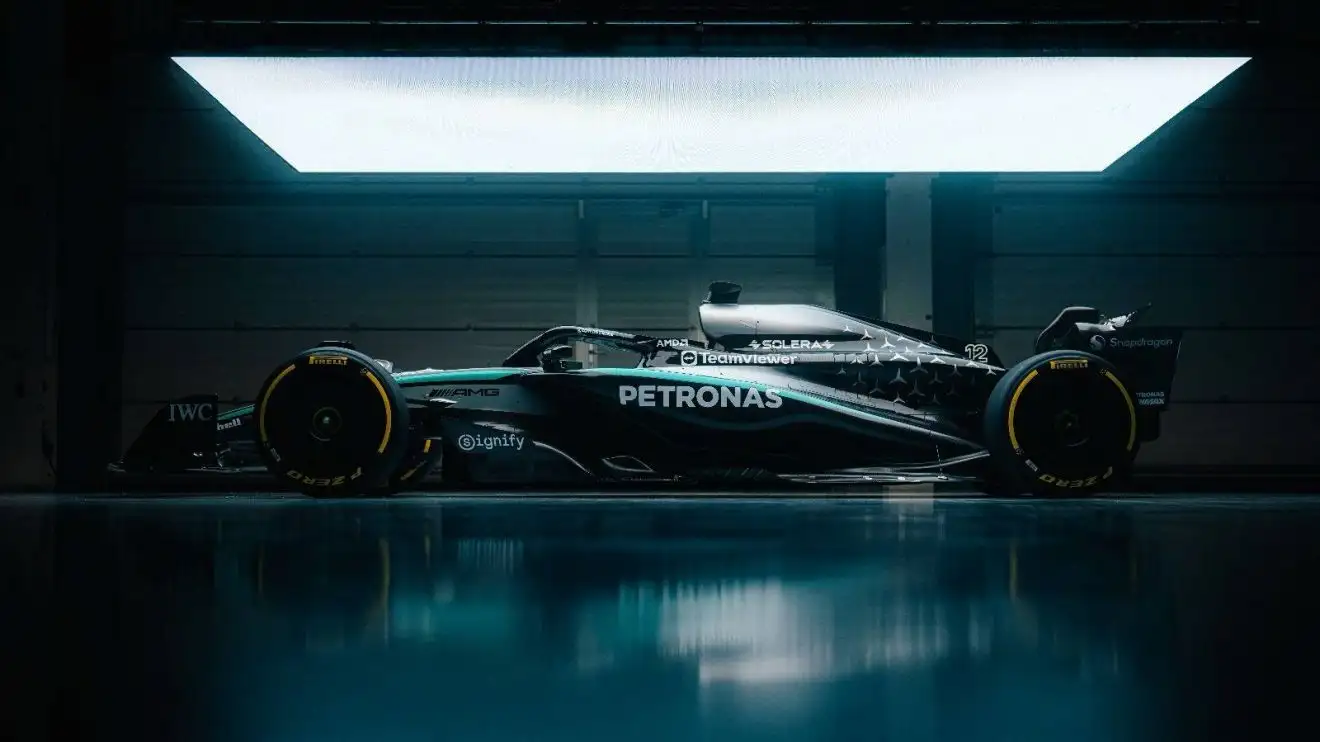
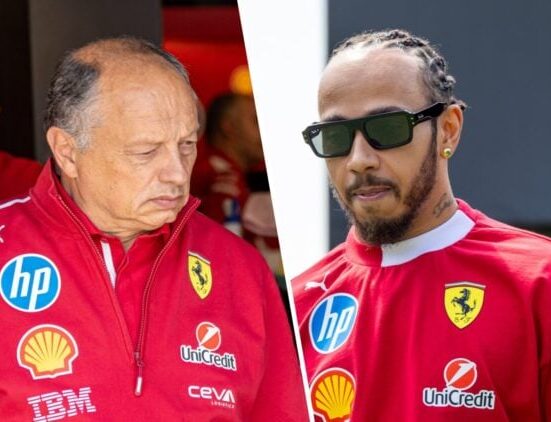
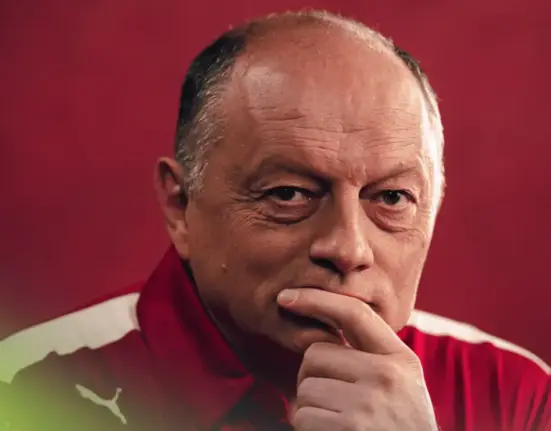

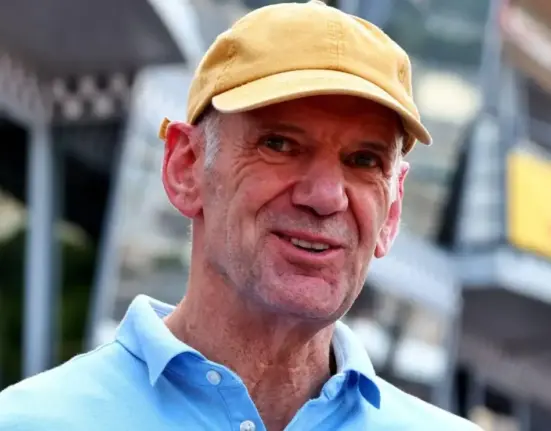
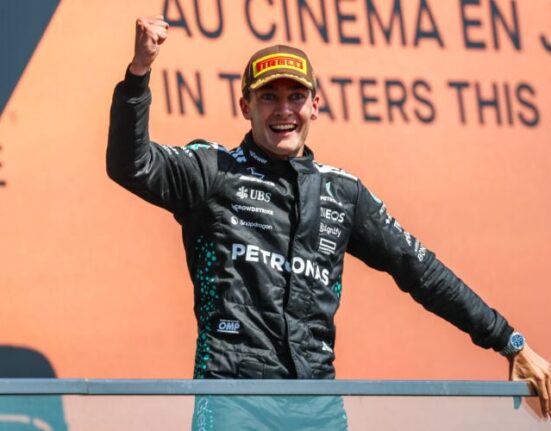

Leave feedback about this